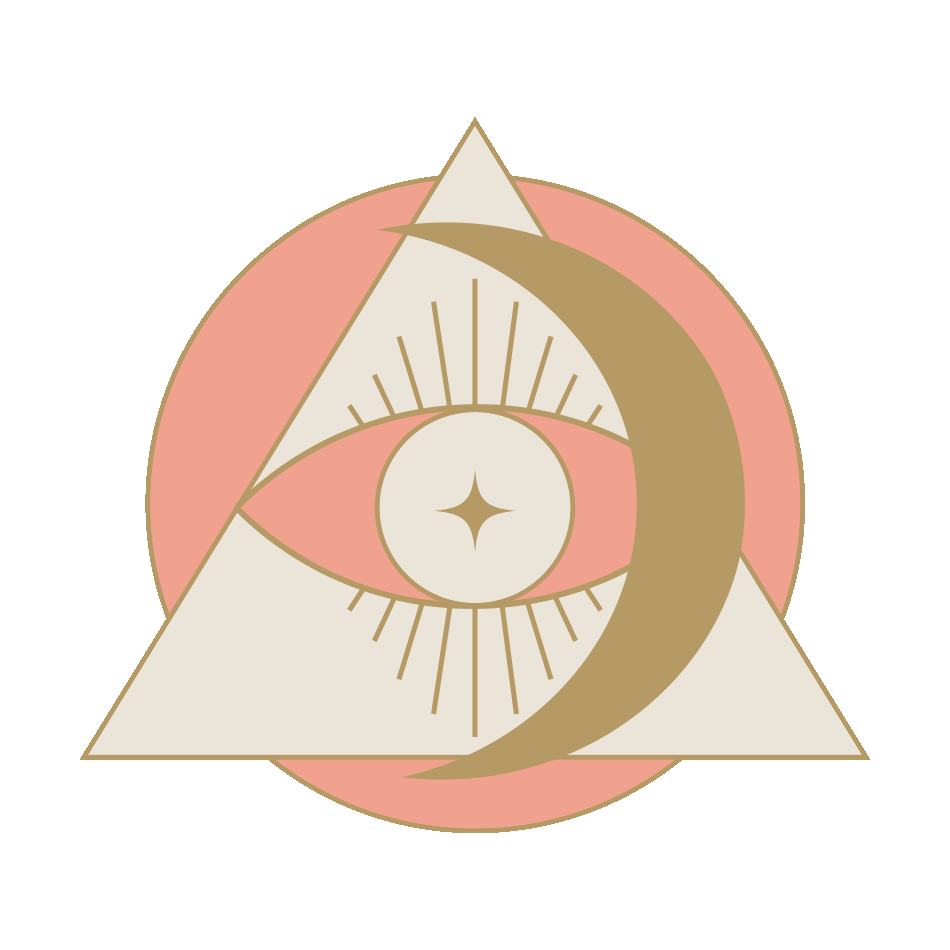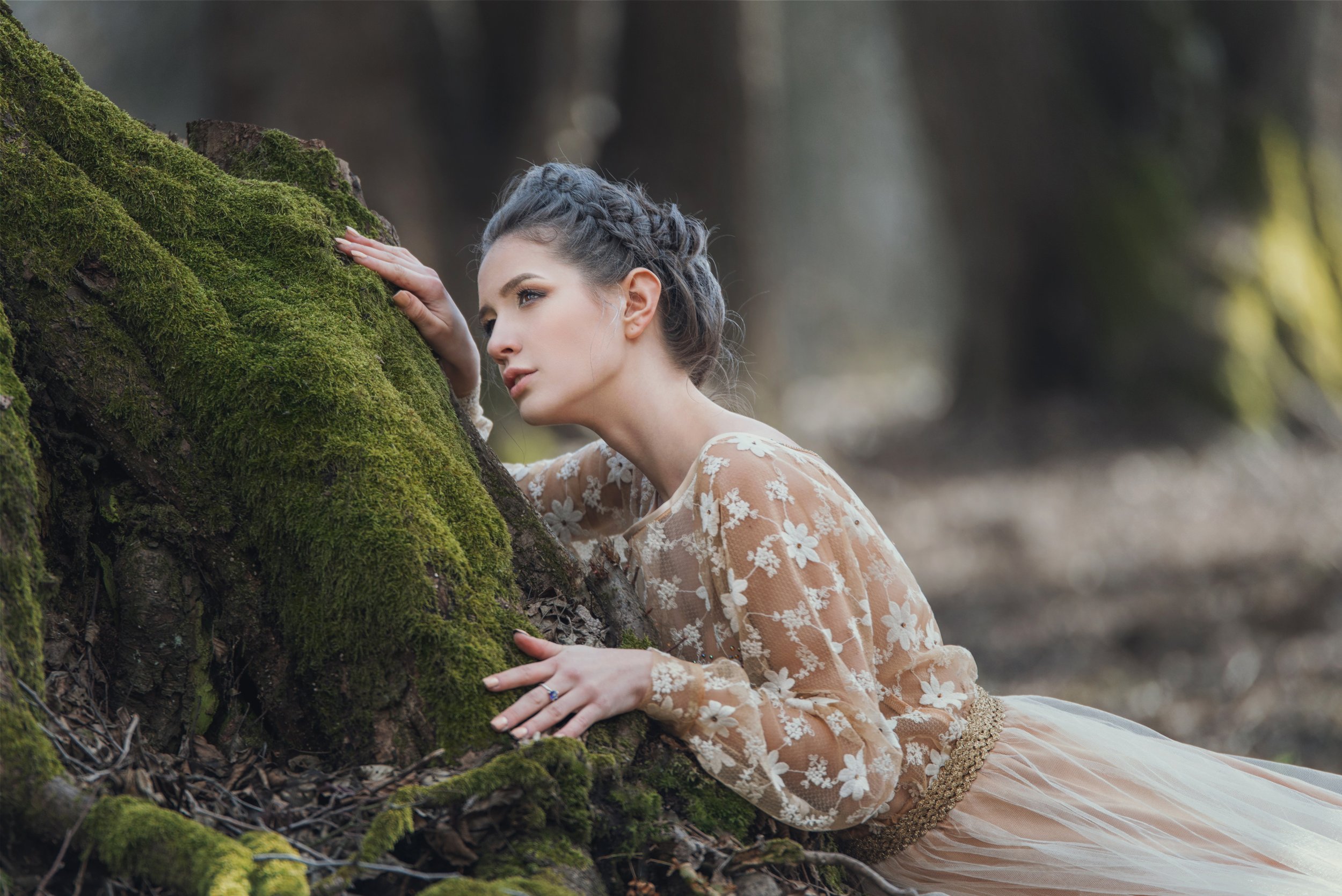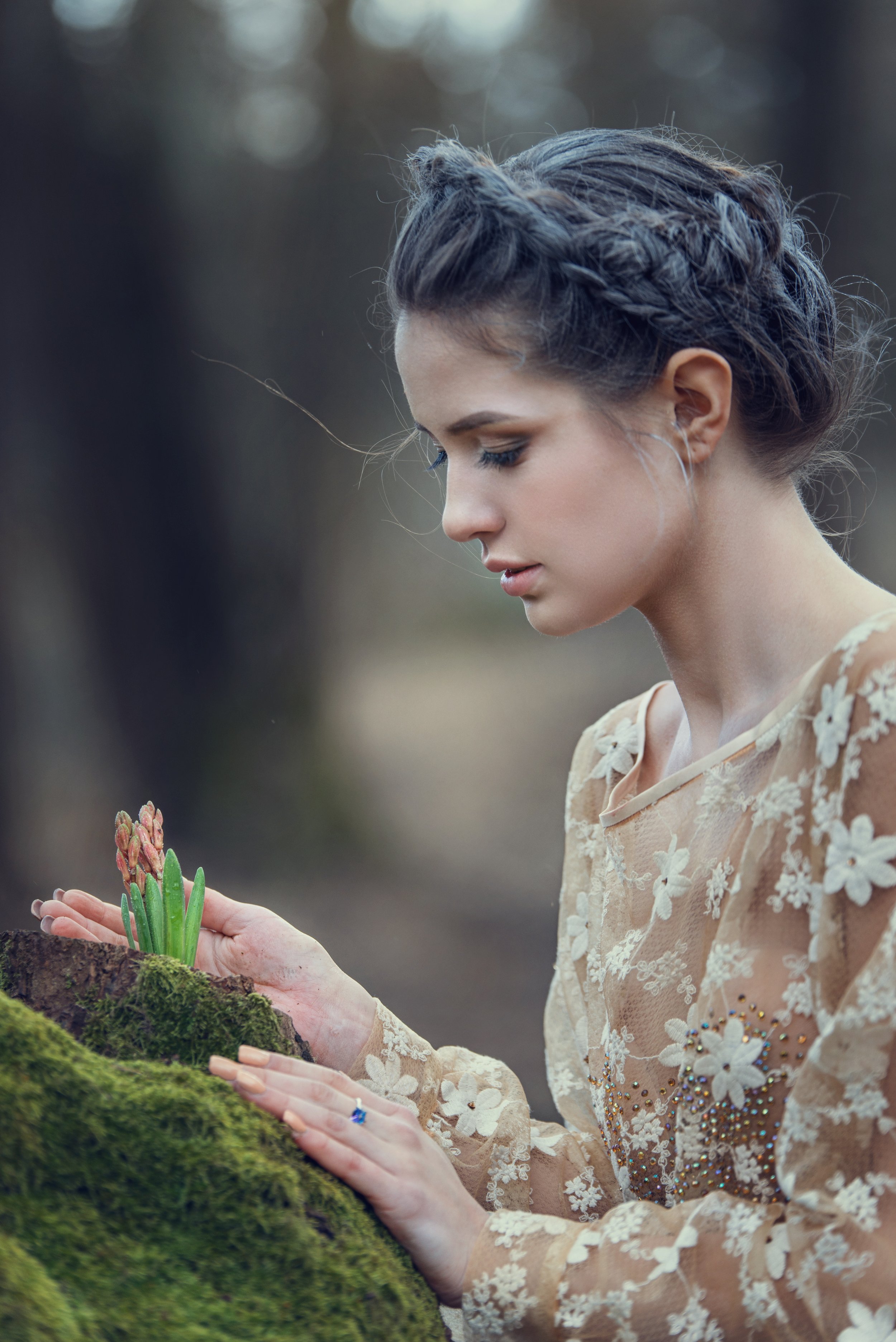Legend of Ostara - The Goddess of Spring and Origin of the Easter Hare
Written by Holly Westwood
The ‘Spring’ or ‘Vernal Equinox’, which was once called ‘Ostara’, will occur on 20th March this year which also coincides with a New Moon on Tuesday 21st. When the Sun enters Aries according to the Earth’s orbit, you know what that means…eggs, chocolate, chicks, bunnies, the Sun - they’re all back again. But, like me, you may find yourself asking yet again, ‘what does a chocolate gifting rabbit have to do with Spring?’. Turns out, there is a myth for that. Thats right, it’s time to remember the Legend of Ostara. You’ve never heard of the Legend of Ostara, you say? Let’s delve a little into the traditions of the Easter Bunny and return of the glorious Sun.
Symbolism
The Hare is a curious symbol, much older and far-reaching than even early folklorists realised. As an ancient archetype, intersecting religion, culture, time, and miles, the hare can be seen as a featured shared by the medieval cultures of Europe and Asia; Buddhism, Islam, Christianity, and Judaism all assign meaning to the hare.
These are not simple creatures by any means, associated with the lunar cycle, fertility, longevity, and rebirth, in many of these traditions hares came to represent women, femininity, female deities, and magic. At times paradoxical, hares can be portrayed as clever and foolish, cowardice and courageous, virginal and sexualised. However, the connection to the spirit world is always strong. The hare is a messenger for the Great Goddess, moving under the protection of moonlight between the human world and the world of the gods. Yet in other lands, the hare is a god in his own right, hiding in plain sight amongst the people.
Origin Story
In the Christian tradition, Easter and its connection to the hare can be traced to the Legend of Ostara (sometimes Eostre or Oestre). Ostara/Eostre/ Oestre is the Germanic goddess associated with Dawn and Spring – a time of new beginnings. She was so closely associated with fertility that we even derive the word ‘oestrogen’ from her name. Pagan fertility festivals at the time of Spring Equinox were common affairs, as it was believed the equal length of night and day represented the equality of masculine and feminine energies. As she became popular with neopagans, Ostara took on more of the traits associated with Spring goddess-hood. She is the dawning of the Sun and thus as the Sun warms, her presence grows stronger wherever she is seen; the year dawns, the snow melts, plants rise up from the frozen ground.
There are a few versions of her legend, but all begin late one Spring when Ostara was in a hurry across the land and stumbled upon a small bird. The bird was shivering and on the verge of death from the cold. Alarmed by the sight, Ostara could not continue on her journey. She stopped and tried to warm the bird and bring it back to life, it was too late. The bird was frozen and so laden with frost that its wings did not open, meaning it could no longer fly and would soon perish. Ostara did not turn her back on the flightless bird instead, she transformed him into a hare so that he could hop away instead. In some versions, she bestows the ability to lay coloured eggs upon the hare. In others, the hare lays colourful eggs in gratitude towards Ostara for saving his life. In one less saccharine version, Ostara eventually becomes angered by the hare and casts him up to the heavens where he lands as the constellation Lepus, at the foot of Orion the Hunter. In one final version, Ostara is capable of turning herself into a hare. Hares are nocturnal and thus the connection to the moon, lunar cycle, spring, and fertility are all intertwined by this spin on the tale.
To honour Ostara and celebrate the Spring Equinox this year, we invite you to join us for a special New Moon Circle. Expect intention setting, and magickal manifestation practice as we usher out the cold of winter and welcome the warmth of spring into all areas of our lives. Find your tickets here.




